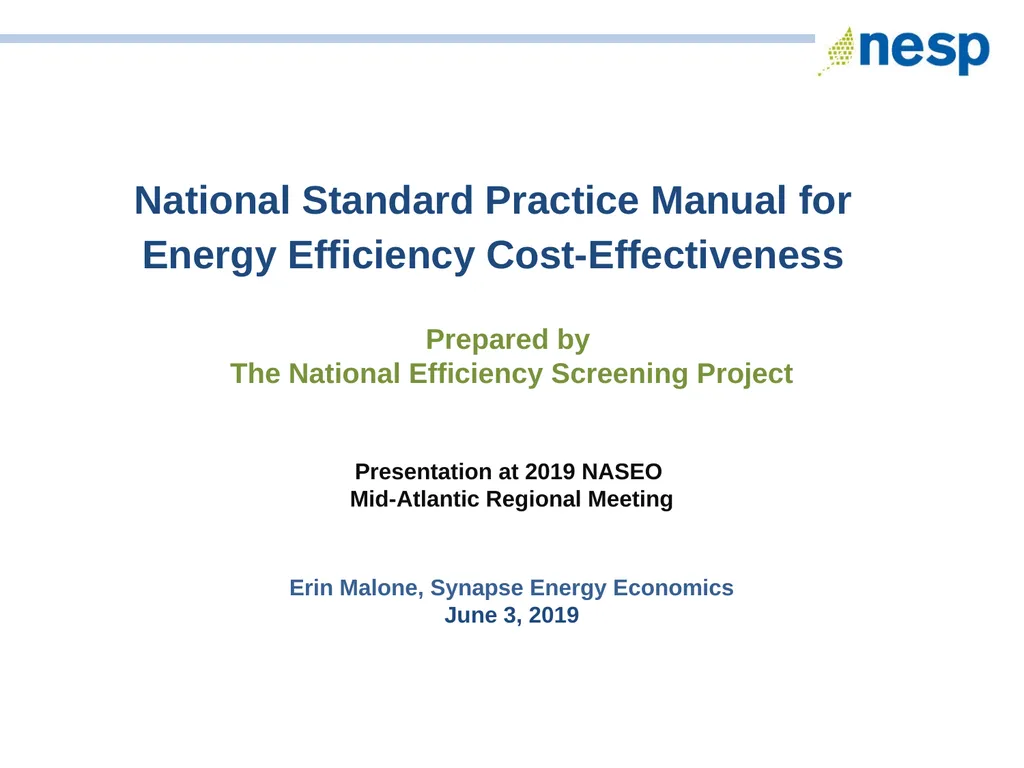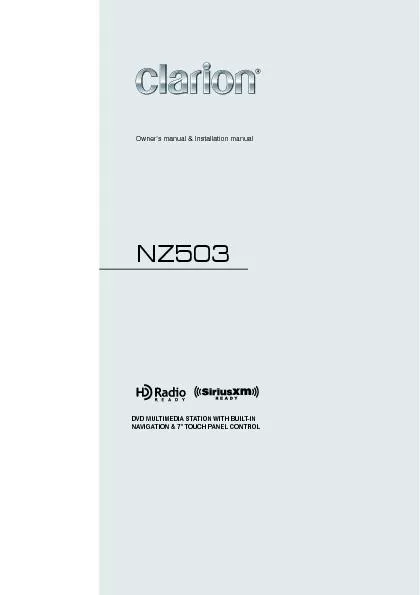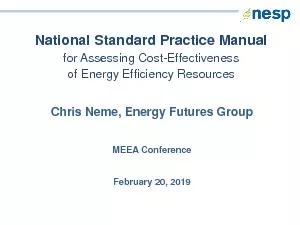
Author : stefany-barnette | Published Date : 2025-06-20
Description: National Standard Practice Manual for Energy Efficiency Cost-Effectiveness Prepared by The National Efficiency Screening Project Presentation at 2019 NASEO Mid-Atlantic Regional Meeting Erin Malone, Synapse Energy Economics June 3, 2019Download Presentation The PPT/PDF document "" is the property of its rightful owner. Permission is granted to download and print the materials on this website for personal, non-commercial use only, and to display it on your personal computer provided you do not modify the materials and that you retain all copyright notices contained in the materials. By downloading content from our website, you accept the terms of this agreement.
Here is the link to download the presentation.
"National Standard Practice Manual for Energy"The content belongs to its owner. You may download and print it for personal use, without modification, and keep all copyright notices. By downloading, you agree to these terms.













